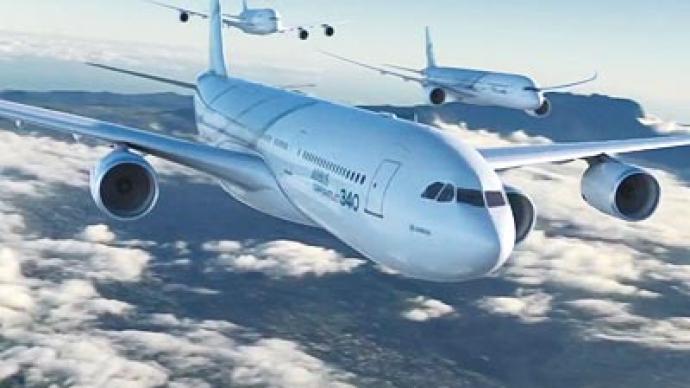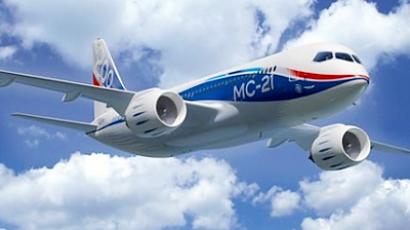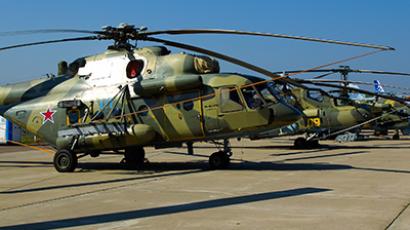Future flights of fancy? Aircraft to flock like birds and choose an optimal route

Aircraft flocking like birds and able to select the most efficient, environmentally-friendly route – that is how one of the world's leading aircraft manufacturers envisions jets in the second half of the 21st century.
In its latest breakthrough “Vision for Sustainable Aviation in 2050 and Beyond,” French aeronautics giant Airbus describes what it expects from its aircraft in future: they should be cleaner, cheaper, greener and more fun."Our engineers are continuously encouraged to think widely and come up with 'disruptive' ideas which will assist our industry in meeting the 2050 targets we have signed up to,” says Charles Champion, Airbus executive vice-president of engineering. On high-frequency routes in Europe and USA the jets would be able to fly in formation like birds, thus cutting drag. And they would be smart enough to be able to select the most efficient route for the journey to make "the optimum use of prevailing weather and atmospheric conditions."It will take off at a steeper angle, reaching cruising altitude faster, cutting noise and potentially reducing the amount of land required for runways. The company added that flights could on average be around 13 minutes shorter, due to full optimization of air traffic management and onboard technology systems. This in turn would save around 9 million tonnes of fuel, cut 28 million tonnes of CO² emissions and save five million flying hours a year.Landings could be improved by allowing free-glide approaches without the need to run an aircraft's engines. Once on the ground, "autonomous, renewably-powered taxiing" would allow aircraft to be cleared from runways faster to optimize terminal space and remove runway and gate limitations.And the increased use of renewable energy sources at airports would "further reduce aviation's environmental footprint," claims the company. Green campaigners, however, remain skeptical that the proposed measures would be able to cut down emissions as claimed. “Despite all the promised efficiency gains, the aviation industry’s desire to keep on growing is incompatible with the urgent need to curb climate emissions from this sector,” news website Scotsman.com quotes a WWF Scotland spokesman as saying.














